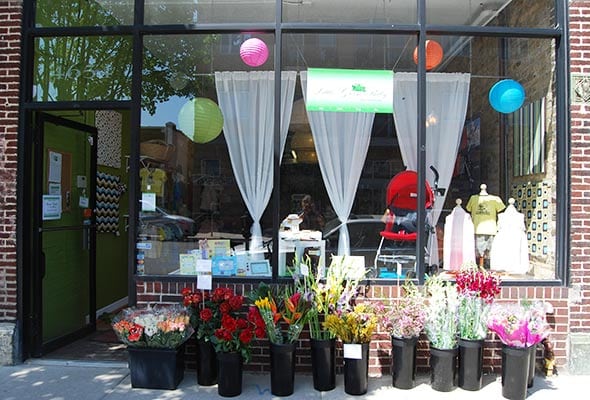
Understanding Loss Leader Pricing
The word “loss” is enough to scare any indie retailer off, but hear us out. Loss leader pricing is a strategy stores use to gain customers into their stores to buy something that will then also allow them to shop other items in that store. Another way to look at this is if you sell an item that is a loss leader – which is priced essentially at cost or below – then you can gain sales in profitable goods that customers make a purchase of during that same visit. For some indie retailers, this may mean selling lollipops by the cash wrap for 5 cents simply to get moms into their store during their afternoon stroll through town. What identifies a loss leader to your biz will vary to another biz, but the concept is the same. The question for you is would this strategy work for your store? And the answer? You have to be the judge.
Big box stores like Walmart and Target often implement loss leader items into their inventory mix. The catch is they can afford to do this since they are, in fact, “big”. For smaller retailers, this strategy doesn’t always make sense. Unless you truly have control over the buy and product assortment you are selling at a loss, there may be some limitations you have to consider. For example, if you purchase an item from a vendor that has identified the item with a Manufactured Suggested Retail Price (MSRP), then you need to be competitive to the marketplace on that price. But if you create the item yourself, such as designing earrings or making a home accessory, you have more control over how much you would sell this for. One way to choose some items to sell as loss leaders would be to buy closeout inventory and price your products to sell – and sell fast with loss leader pricing. But even still, you have to consider the vendor’s views on pricing their product – even when purchased at closeout. There is a lot of dispute from vendor’s perspectives that loss leader pricing undermines their position in the marketplace, and doesn’t help anyone gain sales or for that matter, make money.
While loss leader pricing exists, it mostly exists in the big box world of retailers. Indie stores are better suited to have strong “must have” and “staple” items in their stores to attract customers versus selling items at a loss leader price. Of course, exceptions occur and there will be exceptions. The real question is if it’s right for you or not.
Hey retailers! Want more tips on running your store, managing your inventory, dealing with part time employees and gaining other insight to support your total retail needs? Visit the Retail Minded Blog archive!














